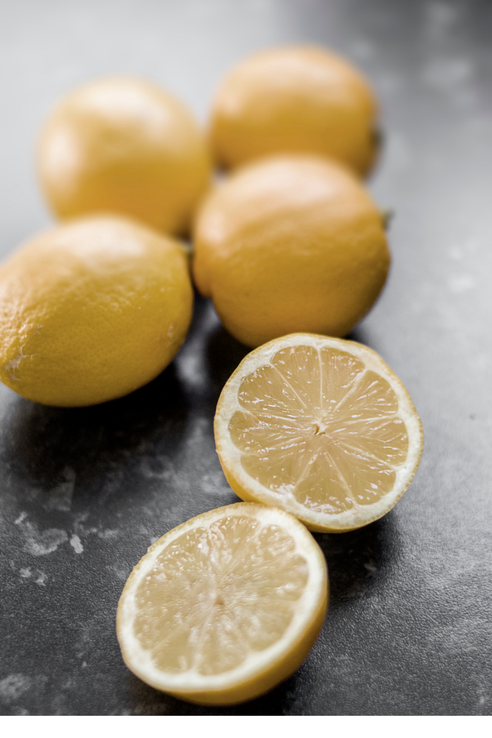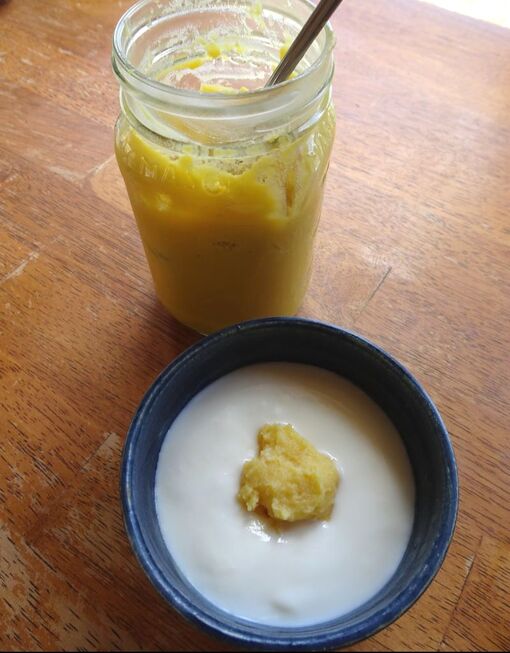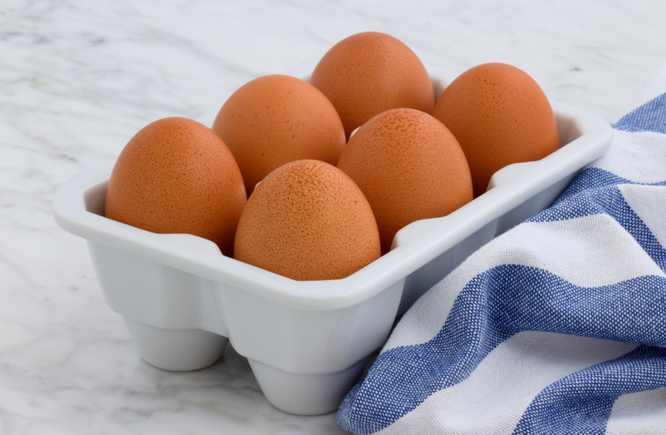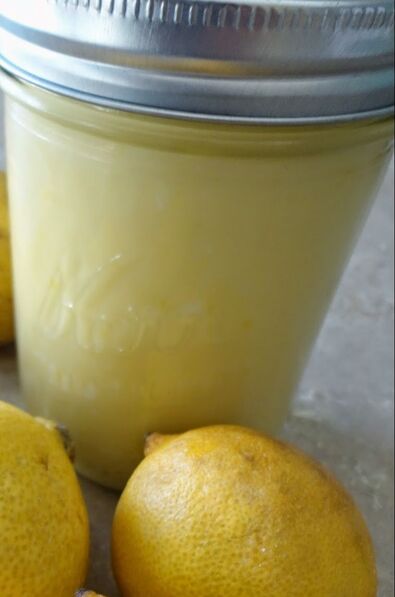Celebrate Citrus with Lemon CurdWe are approaching the end of citrus season (basically, the winter months) and when ripe, juicy, tart citrus fruits abound, then lemon curd is a must! Though I try to keep my food as local as possible, I do like to splurge on some super-premium citrus during the cold months to boost my mood (and taste buds!), carrying me through until local fruit is available. I try not to feel guilty about knowing how far that fruit traveled from California to get here, but I suppose perfection is not the goal. When local fresh fruit is nowhere to be found except in the freezer, you can find a flavorful pick-me-up from citrus, starting the countdown to local produce (rhubarb here we come!) Be sure to use organic lemons if at all possible. Lemons can be heavily sprayed with pesticides, and in recipes like this that use the zest, it is important to choose organic lemons to avoid those chemicals. What is Lemon Curd?So what is lemon curd? Curd is a British spread, much like a custard, made with eggs, butter, sugar (honey in this case) and citrus juice. Lemon is the most traditional citrus used, but you could substitute lime, tangerine, or grapefruit if you like. As odd as the name sounds, it is one seriously delicious treat, and citrus season is prime time to make it. Lemon curd is bright and buttery--the perfect blend of tart and sweet. I use my lemon curd on sourdough toast or pancakes, as well as dolloped on soaked oatmeal, homemade yogurt, used as a tart filling, or eaten as-is as a healthy fat-packed sweet snack. I'm sure you will find your favorite use for your lemon curd, too. A Nutrient-Dense Sweet TreatLemon curd is sweet, to be sure, but it is also full of nutrients! Lemons are a great source of vitamin C, great for the immune system and collagen production, and what better way to pack some extra lemon into your diet? This recipe is also heavy on the eggs and butter, offering vitamins A and K2, healthy fats, choline and cholesterol, all essential nutrients to the body. Now that our chickens have started laying eggs regularly again with the return of the light, this recipe is a great way to use up our bounty of eggs. My version is sweetened with local honey to add enzymes and antioxidants, in addition to a more complex flavor than white sugar, also making it GAPS-friendly. You could use maple syrup in place of honey if desired, especially if you would rather not heat your honey. Maple is another natural sweetener option that adds minerals and nutrients, along with its sweetness, and I love using it often since we make our own! Either sweetener is fine here, but honey is the only GAPS-legal sweetener; if you are on the low FODMAP diet, use maple instead. Honey Lemon Curd
Makes 1 pint Ingredients: 2 whole organic, pastured eggs 2 organic, pastured egg yolks* 1/2 cup lemon juice--the juice of about 4 lemons 2 Tbs lemon zest 1/3 cup local honey--can substitute real maple syrup if desired 8 Tbs pastured butter Pinch of sea salt Directions: 1. In a small bowl, whisk together the whole eggs and egg yolks. 2. In a medium saucepan (use a non-reactive material, such as glass or stainless steel pan), combine the lemon juice, lemon zest, honey, and salt. 3. Cut the butter into cubes and add to the pan. 4. Cook the butter, honey, and lemon over medium heat, stirring pretty regularly to prevent sticking. When the mixture starts to warm, gradually add the eggs, a little at a time, whisking as you add them. This will temper the eggs and prevent them from curdling too soon. 5. When the mixture starts to bubble, keep an eye on the texture. Whisk intermittently, but be careful not to overmix. The mixture will start to thicken as the eggs cook and curdle, and the curd is ready when it is approximately the texture of pudding, cooking for about 5-8 minutes. 6. Remove from the heat and let the curd cool for a few minutes, and then strain it through a fine mesh strainer to remove pieces of egg and lemon zest to create a smooth texture. Alternately, you could put the cooled curd into a blender to smooth it out, while leaving the zest in it. 7. Transfer to a pint-sized glass jar. Cover and refrigerate several hours or overnight, until cooled and firmed. This will keep 1-2 weeks in the fridge. *Don't throw those egg whites out! The extra egg whites can go into omelets or scrambled eggs, or to make honey-sweetened coconut macaroons or meringue.
0 Comments
Leave a Reply. |
Brine & Broth
I am a gut health-focused nutritionist and online health coach based in Southwest Wisconsin. My recipes and philosophies center around traditional, nutrient-dense foods that support robust gut health. Archives
May 2022
Categories |





 RSS Feed
RSS Feed
